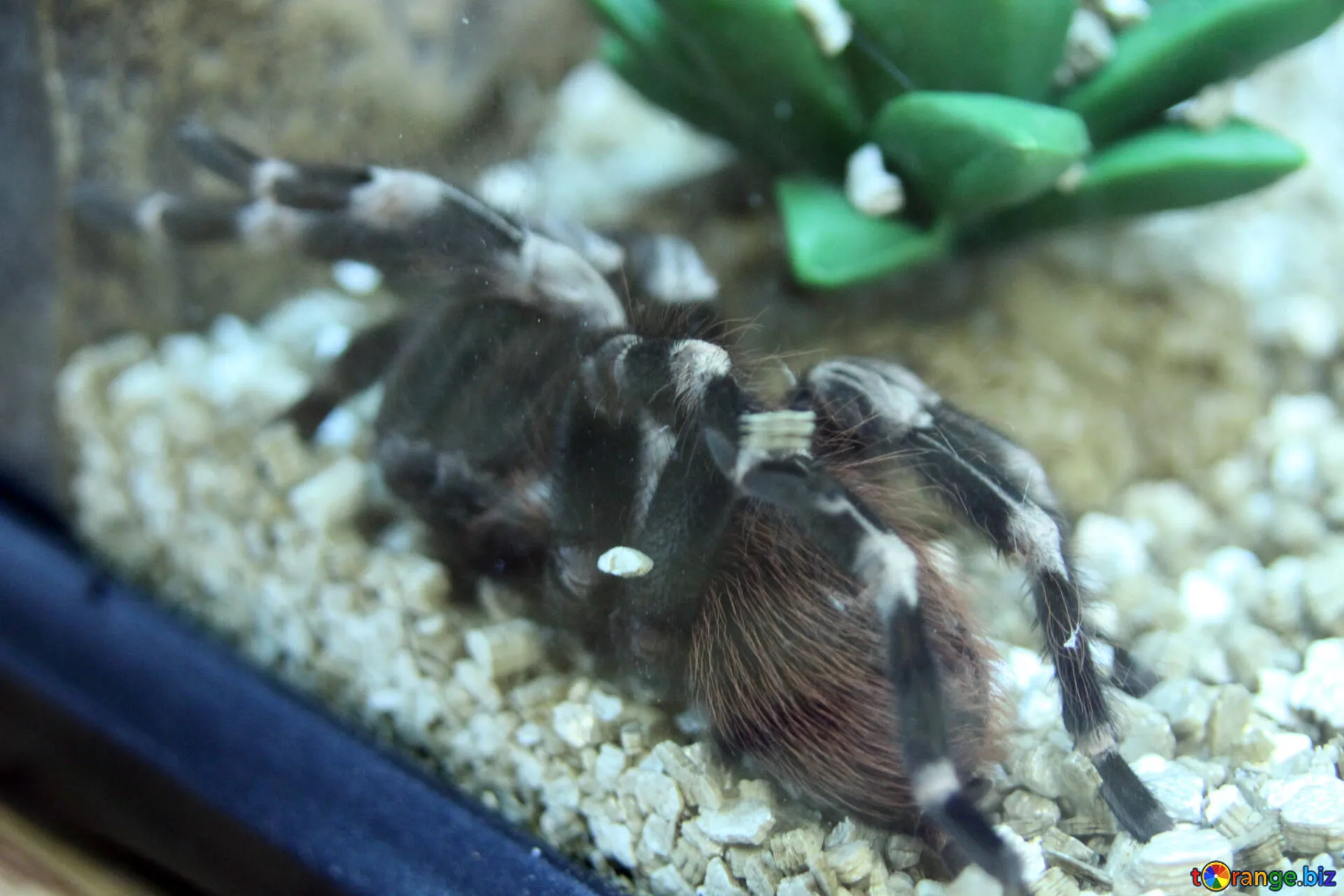Creating a thriving habitat for a tarantula in a cage is an essential part of responsible pet ownership. A well-designed enclosure not only provides a safe and comfortable environment for your eight-legged friend but also allows you to observe its fascinating behavior and enjoy the unique experience of keeping a tarantula. This guide will walk you through the process of building a perfect habitat, ensuring your tarantula thrives and you enjoy the rewards of keeping these amazing creatures. From choosing the right size and materials to providing the perfect temperature and humidity, every detail matters.
Planning Your Tarantula Enclosure
Before you even think about setting up the enclosure, careful planning is crucial. This involves researching the specific needs of your tarantula species, determining the appropriate size of the cage, and selecting the right location in your home. Proper planning prevents costly mistakes and ensures your tarantula has a suitable and enriching environment from the start. Consider the long-term needs of your pet, including its potential growth and any specific environmental requirements. Taking the time to plan will greatly improve the chances of your tarantula thriving.
Choosing the Right Size
The size of the enclosure is one of the most critical factors. A cage that’s too small can restrict movement and growth, while a cage that’s too large can make it difficult for the tarantula to find food and feel secure. The general rule is that the enclosure should be at least twice the tarantula’s leg span in width, and the height should be sufficient to allow the tarantula to move around without hitting the top. Always err on the side of slightly larger, but avoid excessively large enclosures, especially for smaller or younger tarantulas.
Considering the Tarantula Species
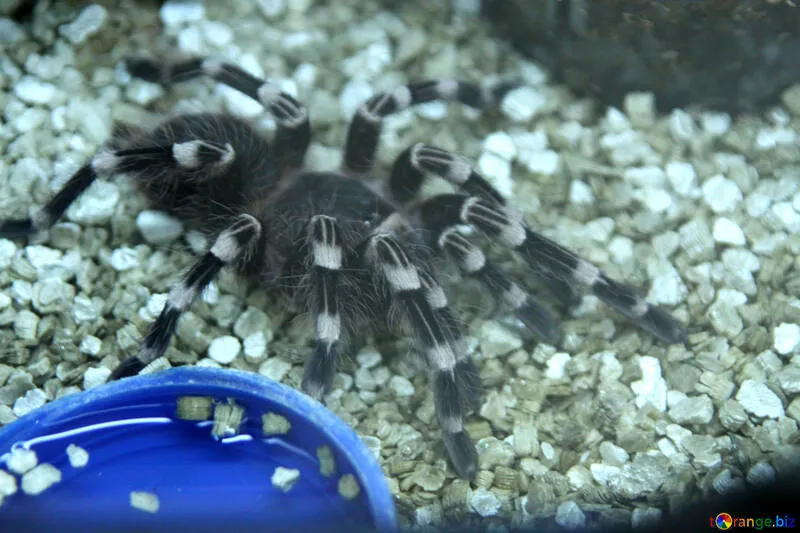
Different tarantula species have different needs. Terrestrial species, which live on the ground, need more floor space, while arboreal species, which live in trees, need more height. Research your specific species to determine its natural habitat and behavior. Some species are more prone to burrowing, and they will need deeper substrate. Understanding your tarantula’s natural history is essential for creating an environment that caters to its specific needs and preferences. For instance, a Gooty Sapphire Ornamental needs a much taller enclosure than a Chilean Rose Hair.
Understanding the Growth Stages
Tarantulas grow throughout their lives, molting their exoskeletons as they increase in size. You will need to adjust the enclosure size as your tarantula grows. Start with a smaller enclosure for a juvenile and gradually increase the size as the tarantula matures. Be prepared to upgrade the enclosure multiple times during the tarantula’s lifetime, especially during periods of rapid growth. Regular monitoring of your tarantula’s size and behavior will help you determine when it’s time to upgrade the habitat.
Selecting the Ideal Cage Material
The material of the enclosure affects ventilation, visibility, and ease of maintenance. There are a few common choices, each with its own set of advantages and disadvantages. The best material balances your needs and the tarantula’s requirements for a safe and comfortable living space. Durability, ease of cleaning, and the ability to maintain appropriate humidity levels are all key factors to consider.
Glass Enclosures
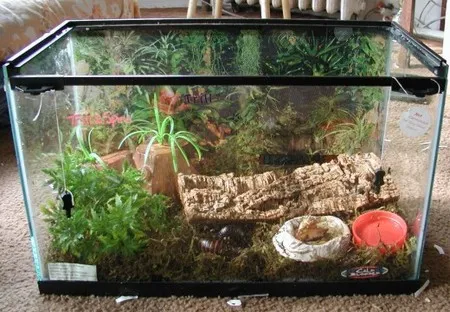
Glass enclosures offer excellent visibility, allowing you to easily observe your tarantula. They are also relatively easy to clean and maintain. However, glass can be heavier than other materials, and it may not provide as much ventilation as other options unless the ventilation is properly designed. Ensure the glass enclosure has a secure lid to prevent escapes, and choose a model with adequate ventilation to prevent the buildup of humidity and mold. Make sure the glass enclosure is sturdy and resistant to breakage.
Acrylic Enclosures
Acrylic enclosures are lightweight, durable, and provide good visibility. They are often preferred for their clarity and impact resistance. Acrylic also insulates better than glass, helping to maintain a stable temperature. Like glass, acrylic enclosures require adequate ventilation and a secure lid. Some acrylic enclosures come with pre-drilled ventilation holes, which simplifies the setup. However, acrylic can scratch more easily than glass, so handle them with care during cleaning and maintenance. Consider the long-term durability when choosing between glass and acrylic.
Ventilation and Security
Proper ventilation is crucial to prevent the buildup of excessive humidity and mold, which can be harmful to tarantulas. The enclosure should have ventilation holes or mesh in the top and sides, allowing for airflow. The lid must be secure to prevent escapes. Tarantulas are surprisingly agile and can climb, so a tight-fitting lid is essential. Regularly check the lid and ventilation to ensure they remain secure and functional. Proper ventilation and security are vital for the health and well-being of your pet tarantula, so never compromise on these aspects.
Designing the Internal Environment
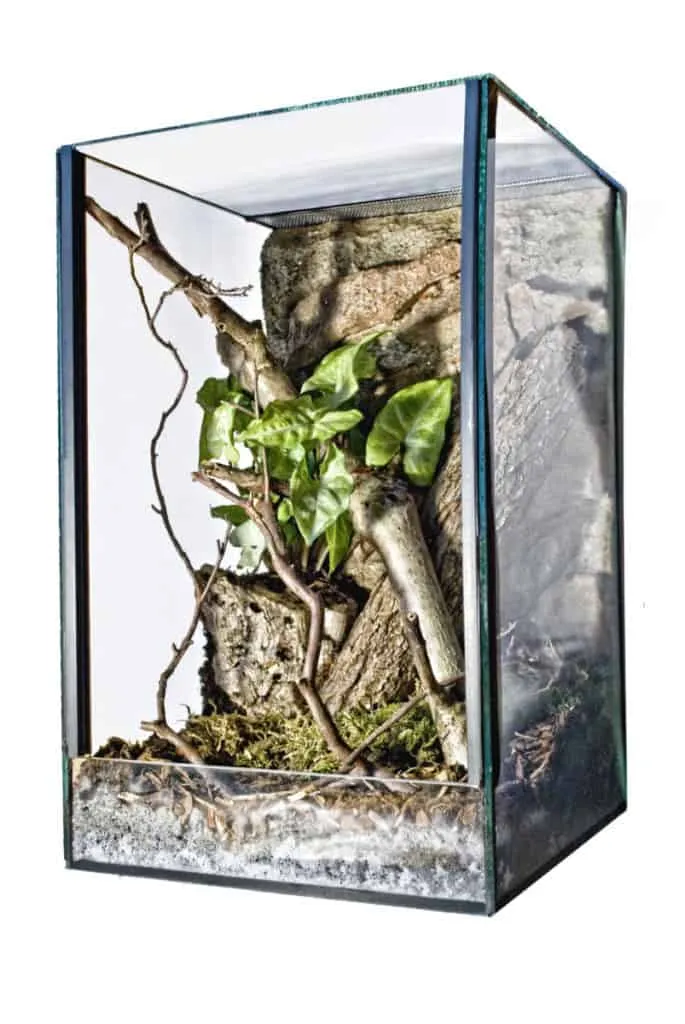
Once you’ve chosen the enclosure, it’s time to design the internal environment. This involves selecting the right substrate, providing water, and controlling temperature and humidity. The goal is to create a habitat that mimics the tarantula’s natural environment as closely as possible. The right internal environment keeps your tarantula happy and healthy and facilitates natural behaviors, such as burrowing, hiding, and hunting.
Substrate Selection
The substrate is the material that lines the bottom of the enclosure. It serves multiple purposes, including providing a surface for the tarantula to walk on, helping to maintain humidity, and providing a medium for burrowing (for burrowing species). The choice of substrate depends on the tarantula species and its specific needs. Consider the substrate’s ability to retain moisture, its safety, and its ease of cleaning.
Types of Substrate
Common substrate options include coconut fiber (coir), peat moss, vermiculite, and a mixture of these. Coconut fiber is a popular choice because it holds moisture well, is relatively clean, and is readily available. Peat moss is another good option, offering similar benefits. Vermiculite can be added to the mix to improve moisture retention. Avoid substrates that are dusty or contain sharp particles that could harm your tarantula. The best substrate will depend on the specific requirements of the tarantula species you are keeping.
Depth and Maintenance
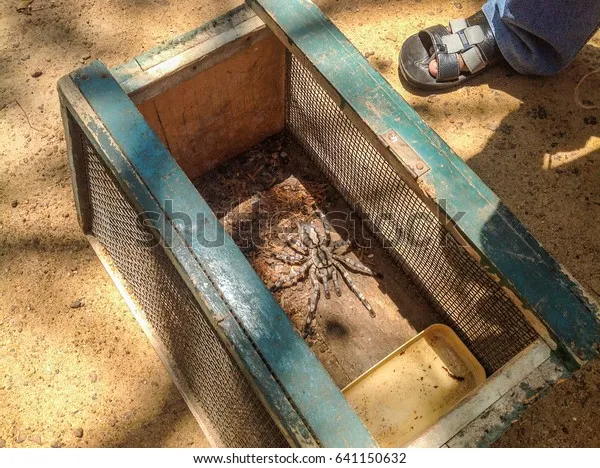
The depth of the substrate should be appropriate for the species. Burrowing species need several inches of substrate to dig and create burrows, while terrestrial species may need less. Regularly check the substrate for cleanliness and moisture content. Spot clean the substrate as needed to remove uneaten food and waste. Replace the substrate entirely every few months or when it becomes excessively soiled. Maintaining a clean substrate is vital for preventing bacterial and fungal growth, which can be detrimental to your tarantula’s health.
Providing Water
Tarantulas need a constant supply of fresh water. Dehydration can be fatal, so ensuring access to water is crucial. The method of providing water will depend on the size of the tarantula and the enclosure setup. The size and placement of water sources need to be considered. Remember, the goal is to ensure your tarantula has access to clean, fresh water at all times, so experiment with methods until you find one that works well for your pet and your enclosure.
Water Dishes
For larger tarantulas, a shallow water dish is the most common method. The dish should be shallow enough to prevent the tarantula from drowning. Use a dish that is stable and not easily tipped over. Regularly clean and refill the water dish to prevent the buildup of bacteria and algae. The water dish should be placed in a location where the tarantula can easily access it without getting the substrate wet.
Misting
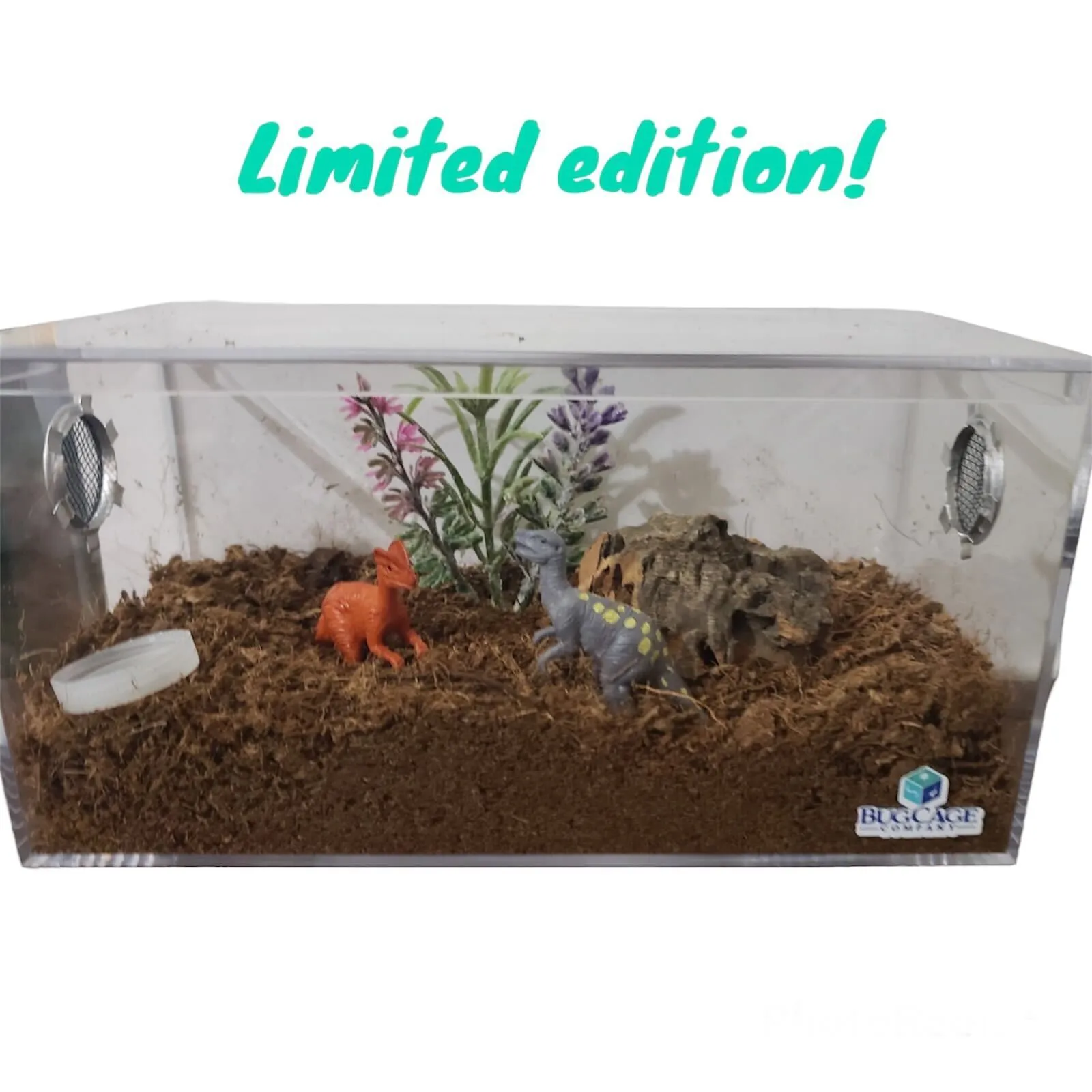
For smaller tarantulas or to supplement water intake, misting the enclosure can be beneficial. Use a spray bottle with dechlorinated water and mist the enclosure once or twice a week, depending on the species and the humidity level. Avoid over-misting, as this can lead to mold growth and other problems. Misting helps create a humid microclimate in the enclosure, which is particularly important for species from humid environments.
Temperature and Humidity Control
Maintaining the correct temperature and humidity levels is critical for your tarantula’s health and well-being. These factors affect the tarantula’s ability to molt, eat, and generally thrive. Research the specific temperature and humidity requirements for your tarantula species and monitor the enclosure environment accordingly. Regular monitoring and adjustments are necessary to maintain optimal conditions.
Heating Methods
In most cases, tarantulas do not need supplemental heating, as the ambient room temperature is sufficient. However, if your home is consistently cold, you may need to provide a heat source. Avoid using heat lamps, as they can dry out the enclosure and harm the tarantula. Instead, consider using a low-wattage heat mat placed on the side of the enclosure or a ceramic heat emitter. Always monitor the temperature carefully with a thermometer to ensure it does not get too hot. The goal is to maintain a stable temperature, not to overheat the enclosure.
Humidity Management
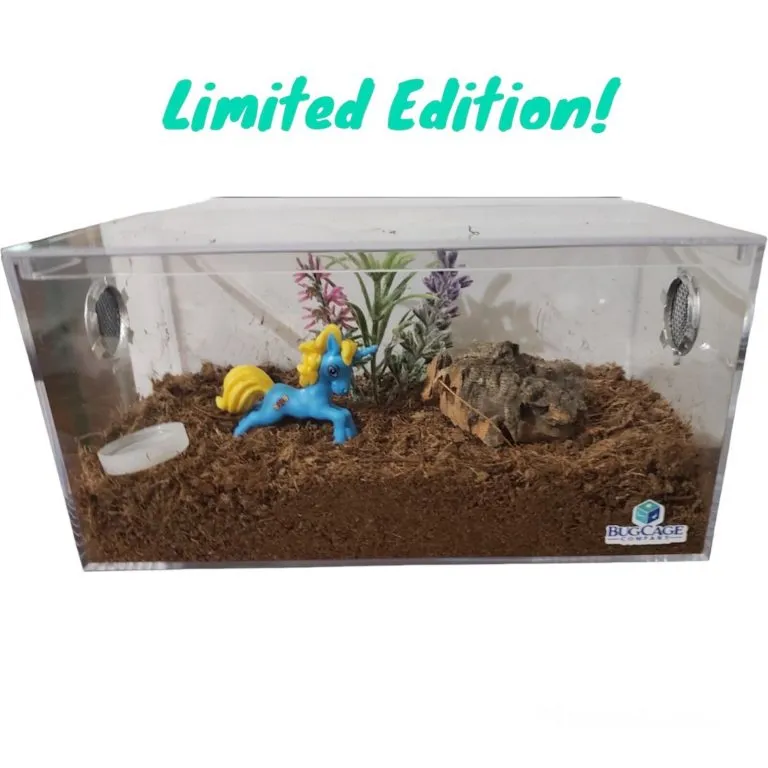
Humidity levels are best managed through the substrate type, ventilation, and misting. The substrate should be able to retain moisture, while proper ventilation prevents the buildup of excessive humidity. Misting the enclosure can help increase humidity levels. Use a hygrometer to monitor the humidity and adjust your methods as needed. Overly dry conditions can lead to molting problems and other health issues, while overly humid conditions can lead to mold and bacterial growth. Proper humidity management is crucial to provide a healthy environment.
Adding Decorations and Hiding Places
Adding decorations and hiding places to your tarantula’s enclosure enriches its environment and provides a sense of security. These elements provide the tarantula with places to hide, explore, and feel safe. When choosing decorations, prioritize the safety of the tarantula and consider its natural behaviors. Avoid decorations that could be toxic or pose a threat to the tarantula.
Essential Decorations
Essential decorations include hides, climbing structures, and artificial or live plants. These elements make the enclosure more stimulating and provide the tarantula with opportunities for exercise and exploration. Select decorations that are non-toxic and won’t pose a hazard. The ideal decorations are both visually appealing and functional, supporting the tarantula’s well-being and natural behaviors. Providing a stimulating environment is important for the psychological well-being of your pet.
Hides and Burrows
Providing hides is essential for tarantulas, as they feel most secure when they have a place to retreat. Suitable hides can include cork bark, half logs, or commercially available tarantula hides. Place the hide in a corner of the enclosure or against the side to provide a sense of enclosure. For burrowing species, ensure there is enough substrate depth for them to dig their own burrows. This allows them to exhibit their natural behavior, reducing stress and improving their overall well-being.
Live Plants
Live plants can enhance the aesthetic appeal of the enclosure and help to maintain humidity. Choose plants that are safe for tarantulas and will thrive in the enclosure environment. Some popular choices include snake plants, pothos, and ferns. Be sure to thoroughly clean the plants before adding them to the enclosure to remove any potential pests or pesticides. The live plants will add visual interest and provide places for your tarantula to explore, as well as contributing to the enclosure’s microclimate.
Avoiding Hazards
When adding decorations, it’s crucial to avoid any potential hazards. This will ensure the safety of the tarantula. Regularly inspect the enclosure and decorations for signs of wear and tear. Proper choices will make the enclosure a safe and enriching environment for your tarantula.
Sharp Objects
Avoid using sharp objects, such as rocks with sharp edges or decorations with small, detachable parts. These can injure the tarantula during molting or while moving around the enclosure. Ensure that all decorations are smooth and free of any sharp protrusions. Selecting safe decorations is critical to ensuring your tarantula’s safety and minimizing the risk of injury. Regularly inspect all decorations to prevent accidents.
Toxic Materials
Never use decorations or materials that may be toxic to tarantulas. This includes certain types of wood, treated wood, and some artificial plants. Research any decorative item before adding it to the enclosure to ensure it is safe. If you are unsure about the safety of a material, it is best to avoid using it. Always prioritize the health and safety of your tarantula by selecting non-toxic materials and regularly inspecting the enclosure for any signs of potential hazards.
Maintaining Your Tarantula Habitat
Maintaining your tarantula’s habitat involves regular cleaning, monitoring, and adjustments. This ensures a healthy and comfortable environment for your pet. A consistent maintenance routine helps prevent the buildup of waste and bacteria, maintains the correct temperature and humidity, and allows you to identify any potential health issues early on. Regular maintenance is key to keeping your tarantula healthy and thriving.
Cleaning Schedule
Establish a cleaning schedule to keep the enclosure clean and hygienic. This includes both spot cleaning and deep cleaning. Consistent cleaning will help control the environment and maintain the well-being of your tarantula. Be thorough, but avoid over-cleaning, which can stress the tarantula. Find a balance to keep the enclosure clean without disrupting the tarantula’s natural behavior.
Spot Cleaning
Spot cleaning should be done regularly, ideally every day or every other day. Remove any uneaten food, dead insects, and fecal matter. Use a pair of tongs to remove the waste and dispose of it properly. Regularly spot cleaning helps prevent the buildup of mold and bacteria, which can negatively affect the tarantula’s health. A clean enclosure is essential for preventing health issues.
Deep Cleaning
Deep cleaning should be done every few months, or when the substrate becomes excessively soiled. Remove the tarantula (carefully) to a temporary enclosure. Remove all substrate, decorations, and the water dish. Clean the enclosure thoroughly with warm water and a mild, pet-safe cleaning solution. Rinse everything thoroughly and allow it to dry completely before reassembling the habitat. Replace the substrate with fresh, clean material. Deep cleaning is important to maintain a healthy environment for your tarantula.
Monitoring and Adjusting
Regularly monitor the enclosure’s temperature and humidity levels to ensure they remain within the optimal range for your tarantula species. This may involve using a thermometer and hygrometer. Be prepared to make adjustments to the heating and humidity control systems as needed. Paying attention to the environment helps to identify and resolve potential issues before they affect your tarantula’s health and well-being. Make sure that the environment is consistently suitable for your tarantula.
Temperature and Humidity Checks
Use a thermometer and hygrometer to regularly check the temperature and humidity levels in the enclosure. Place the thermometer and hygrometer in a location where they can accurately measure the conditions. Note the readings daily and compare them to the ideal range for your tarantula species. Make adjustments to the heating and humidity control as needed to keep the conditions stable. Monitoring these environmental factors is essential to maintain the health and well-being of your tarantula.
Observing Tarantula Behavior
Observe your tarantula’s behavior regularly. Look for signs of stress, illness, or discomfort, such as lethargy, loss of appetite, or unusual posture. Note any changes in behavior and the tarantula’s appearance. If you notice anything concerning, consult a veterinarian experienced with exotic pets. Being observant is vital for early detection of health issues and ensures that your tarantula remains in a healthy and happy environment. Early detection can make a significant difference in the outcome of any health issue.
By following these guidelines, you can build and maintain a perfect habitat for your tarantula in a cage, ensuring its health, happiness, and longevity. Remember that each tarantula species has specific needs, so always research your pet’s requirements thoroughly. Enjoy the fascinating experience of caring for these amazing creatures and watching them thrive in their carefully crafted home.
